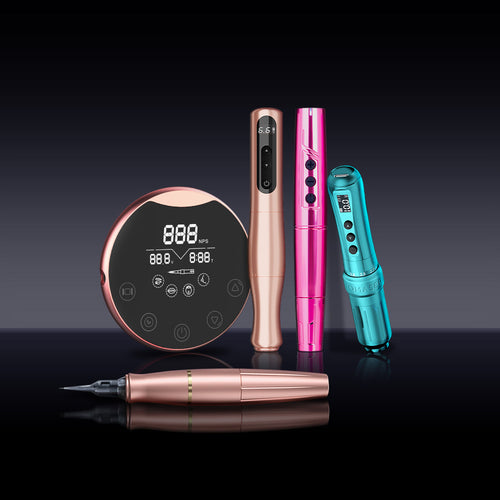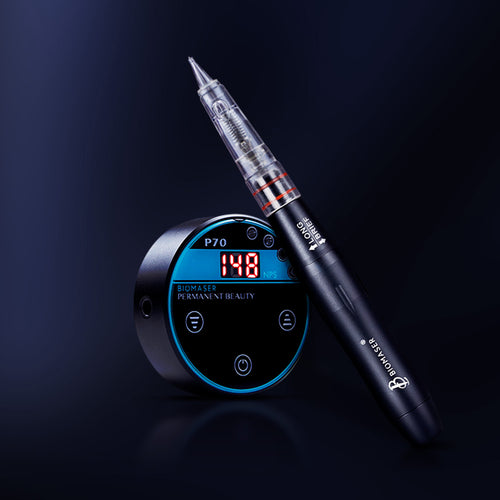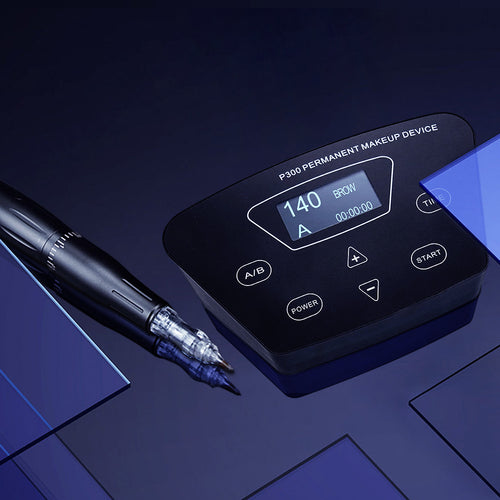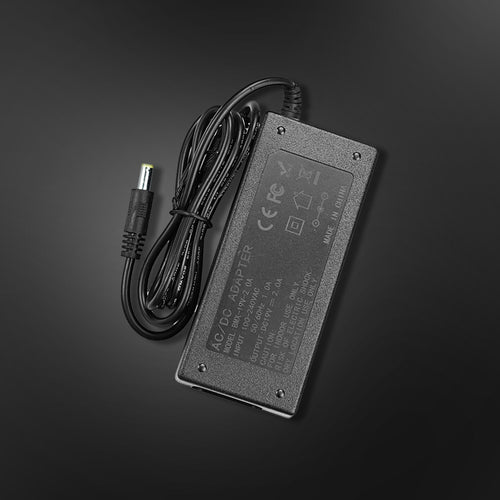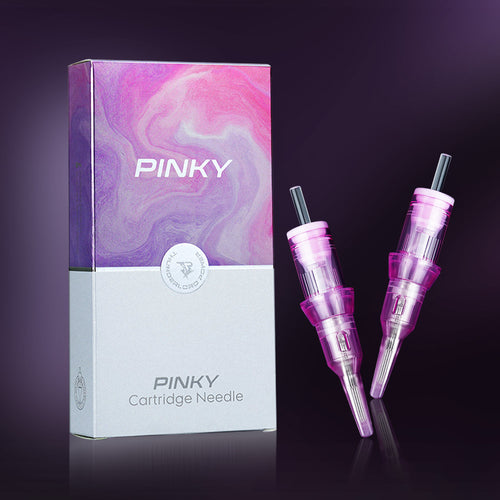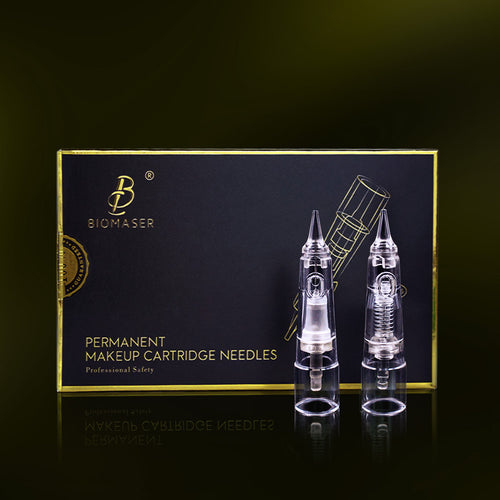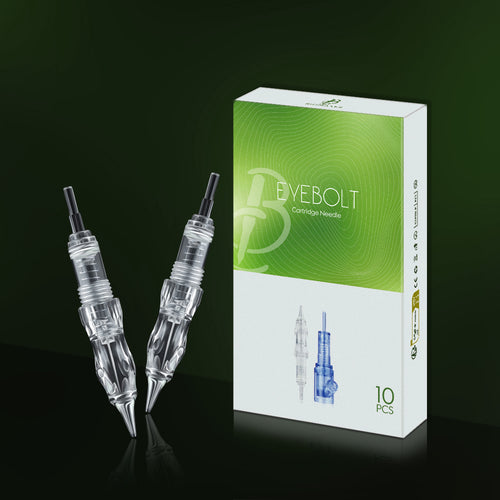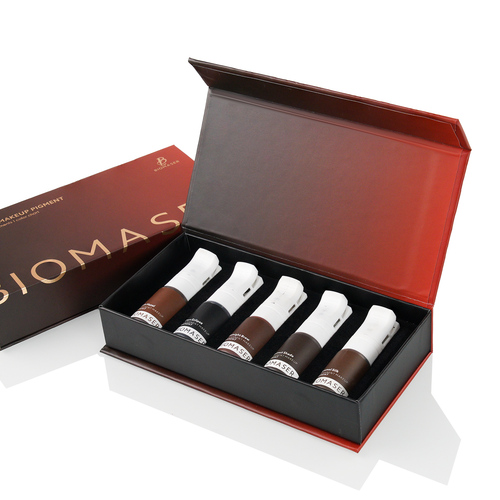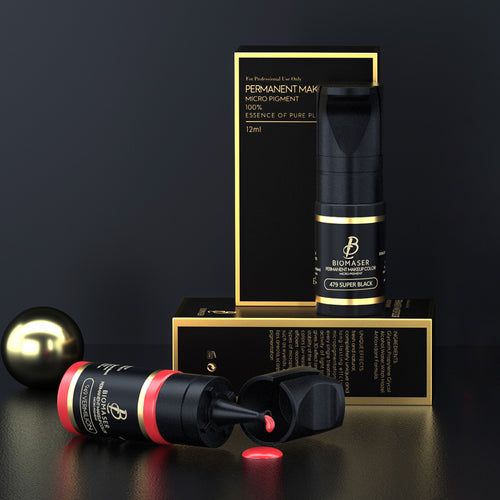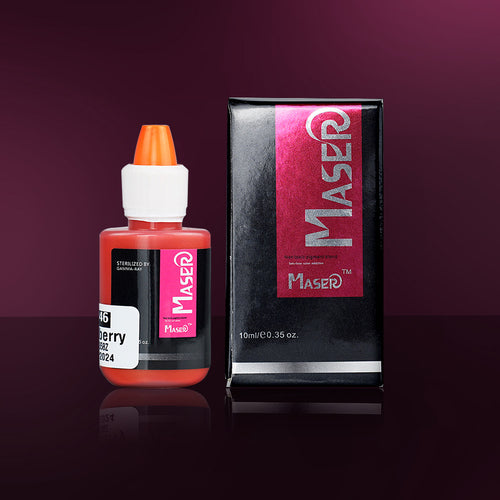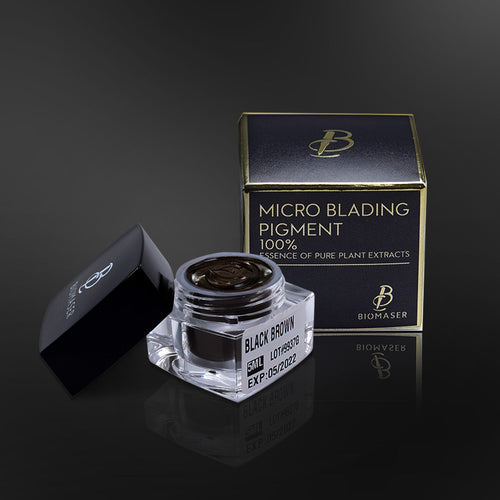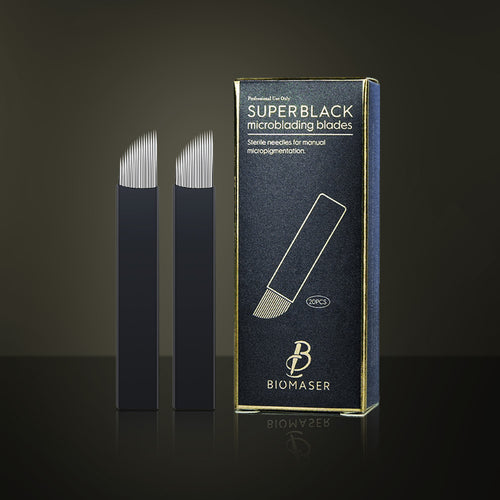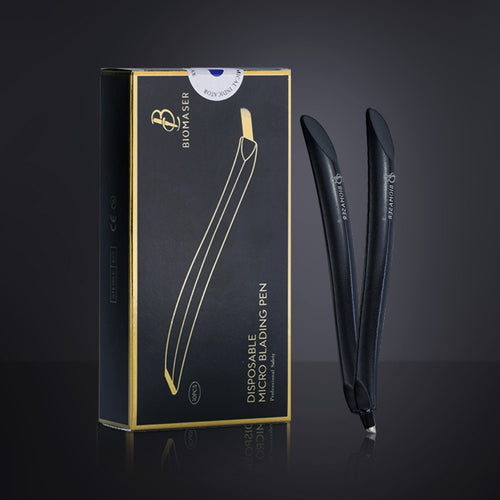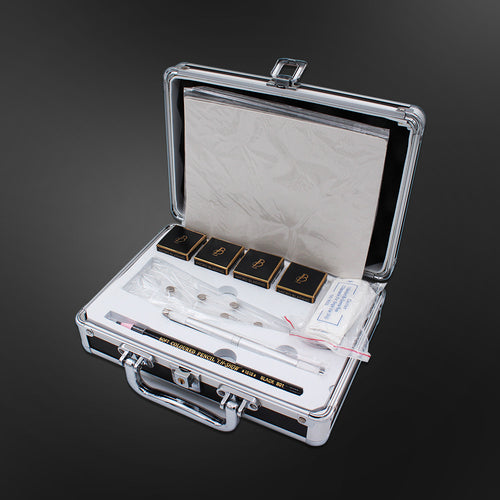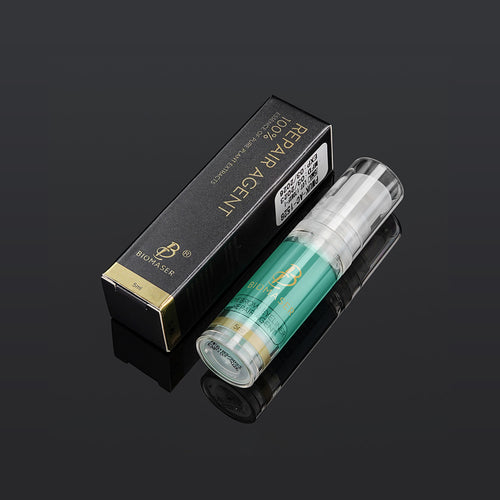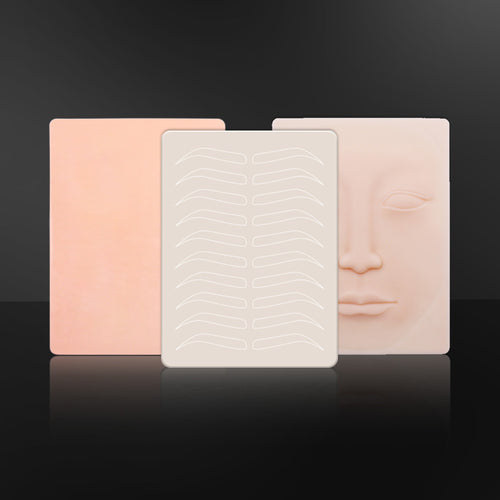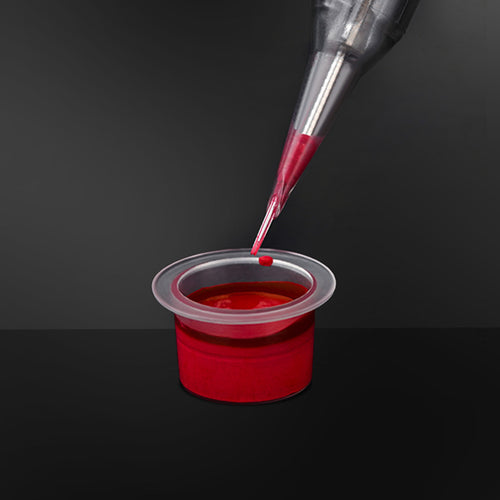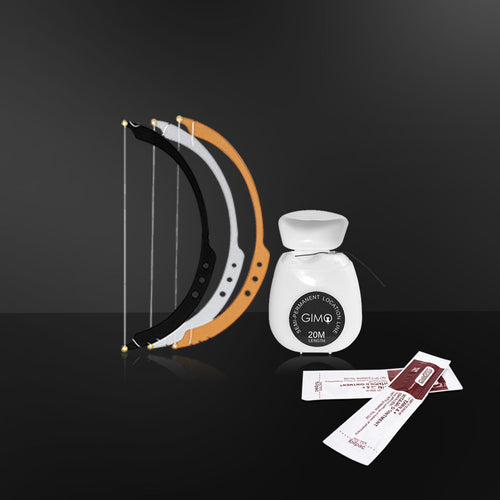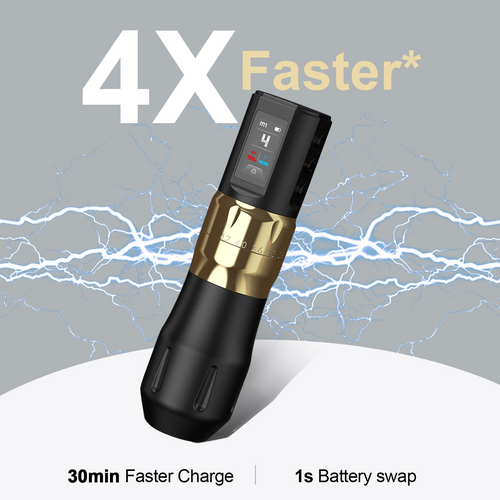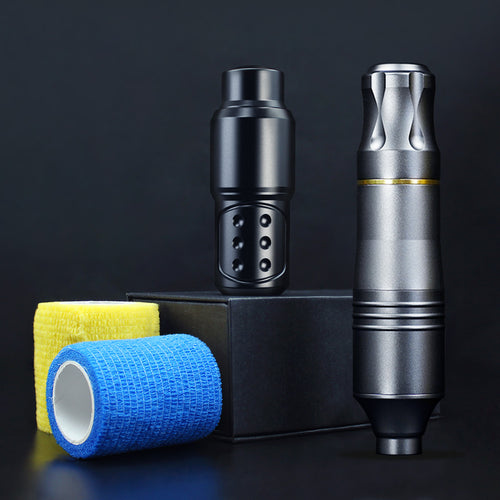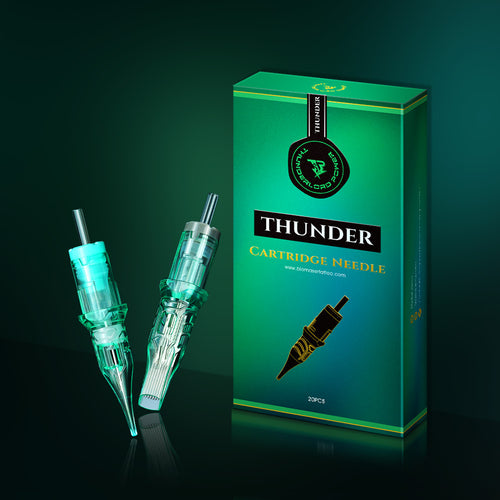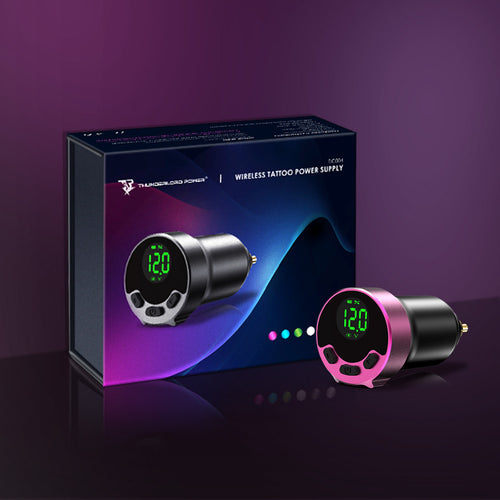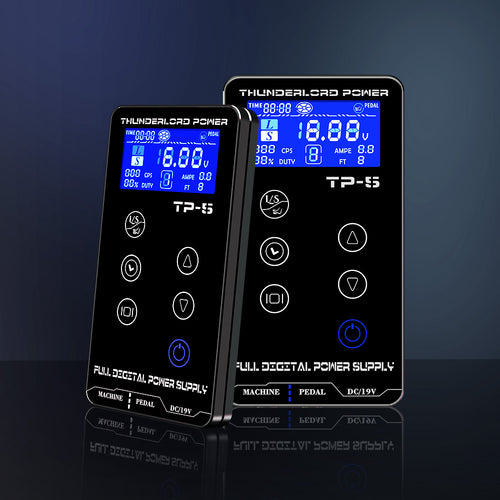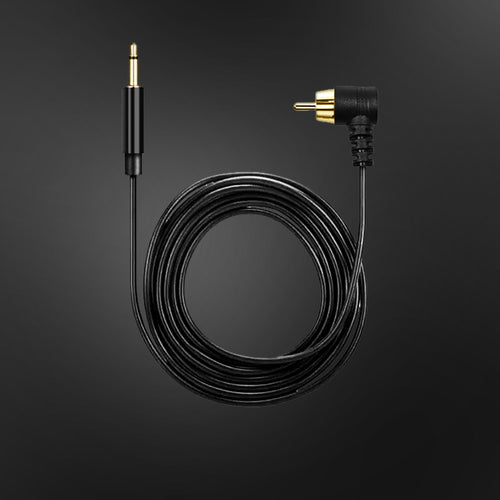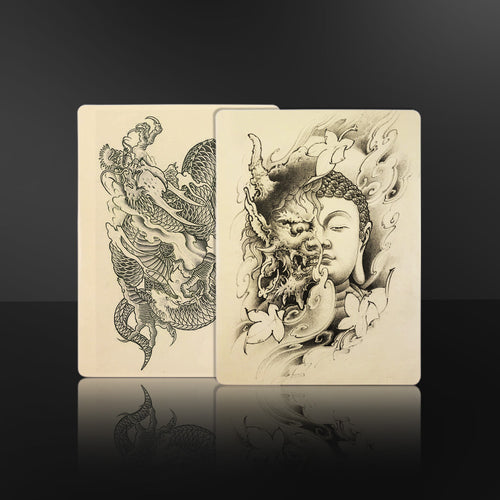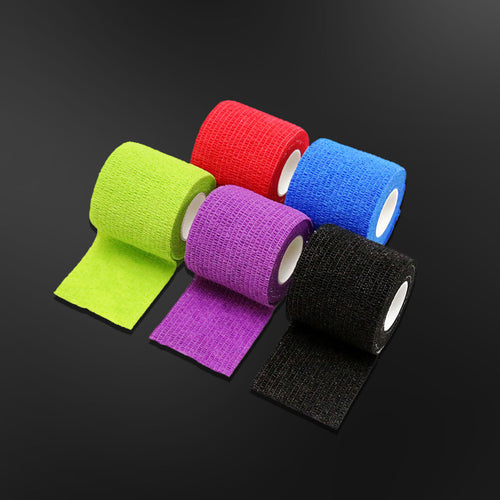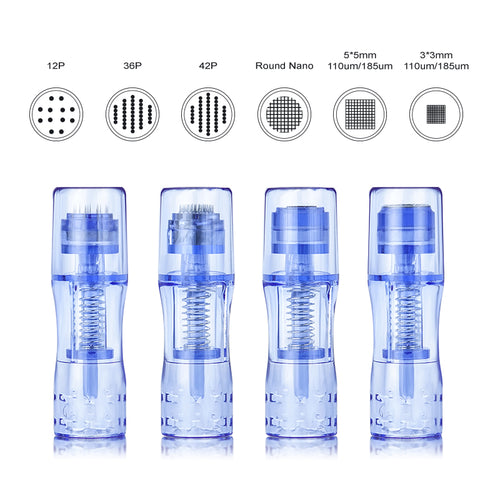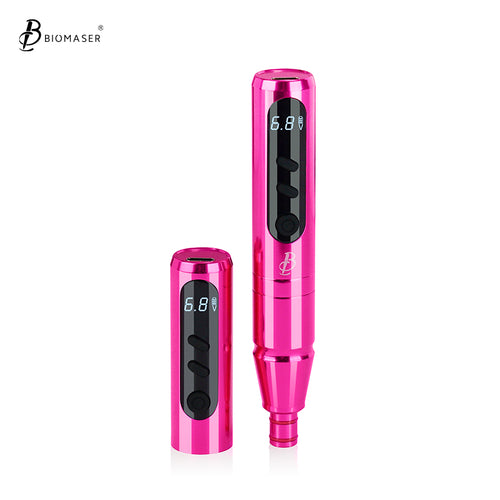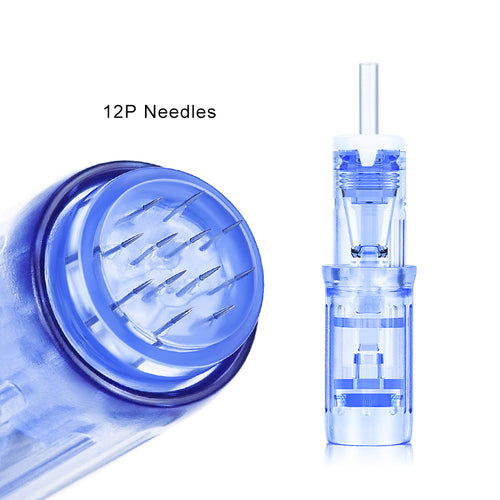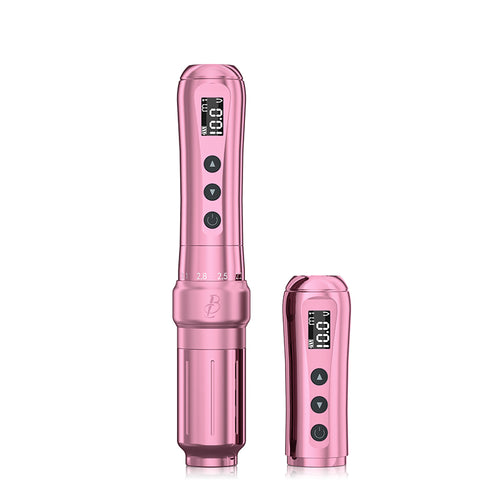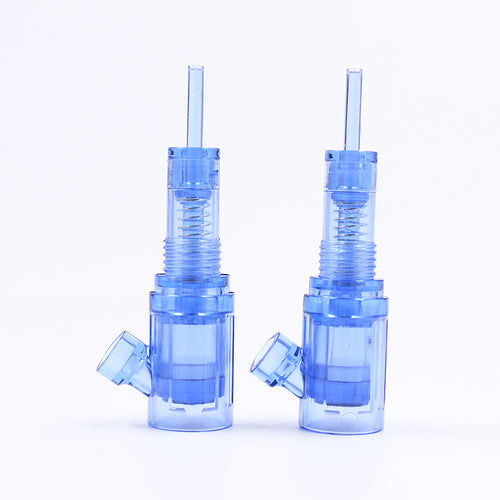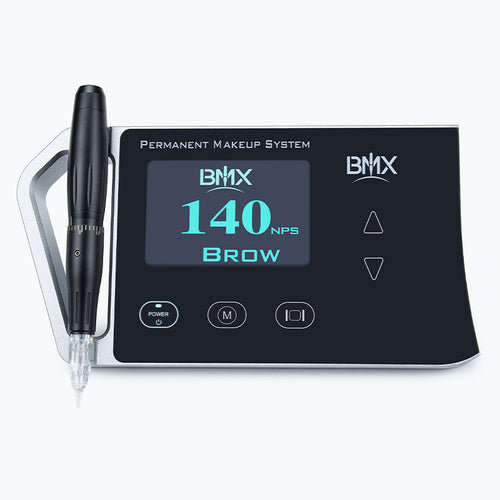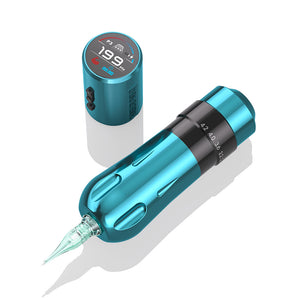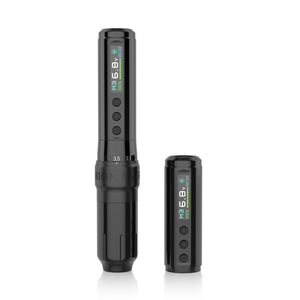Rotary vs. Coil Tattoo Machines: Understanding the Key Differences
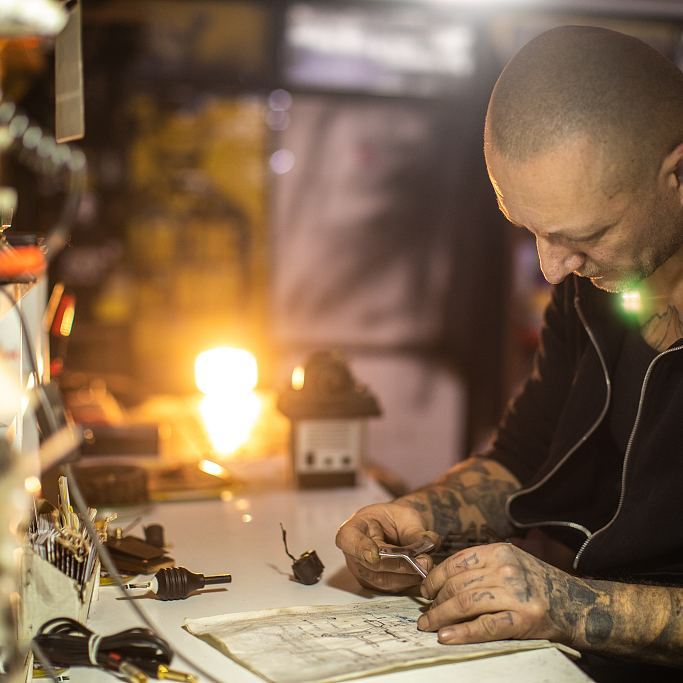
The coil versus rotary tattoo machine debate has embroiled the tattoo industry for decades. These two core technologies each offer unique capabilities and advantages sought after by artists. Understanding the core distinctions in operating mechanisms, feel, and applications allows tattooists to determine which design best suits their artistic style and tattooing needs. This article will examine factors like machine weight, noise levels, ease of use, versatility, adjustments required, and vibration to provide insight into the strengths and weaknesses of each tattoo machine type.
What Is a Coil Tattoo Machine?
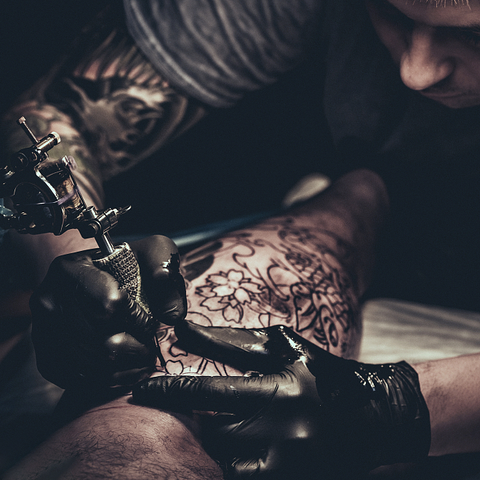
A coil tattoo machine uses electromagnetic forces to operate the needle and inject ink into the skin. The main components and workings are:
- Electromagnetic Coils - These are typically two coils made of copper wire wrapped around an iron core. When electric current flows through the coils, they become magnetized and generate a magnetic field.
- Armature Bar - This is a vertical metal bar anchored in the machine by springs. It moves up and down between the two coils. The needles attach to the front end of the armature bar and follow its motion.
- Contact Screw - The contact screw touches the armature bar and completes the electrical circuit when in contact. It acts as an on/off switch in the circuit.
- Springs - Coil spring(s) are used to provide rearward tension on the armature bar and pull it back up during the cycle.
7 Stroke adjustable Thunderlordpower U7 Wireless tattoo Machine Pen
When powered on, the magnetic pull of the coils causes the armature bar to be drawn downward rapidly. This downward motion causes the contact screw to break the connection with the armature bar, cutting off the circuit. The springs provide tension to snap the armature bar back up, reconnecting it with the contact screw to complete the circuit again. This electromagnetic cycle results in the needle moving in quick up-and-down oscillations to penetrate the skin.
What Is a Rotary Tattoo Machine?
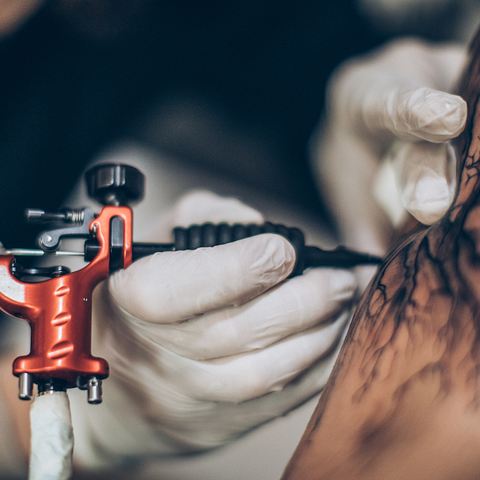
A rotary tattoo machine uses a motorized spinning component to drive the needles up and down in a smooth, continuous linear motion. The key components are:
- Electric Motor - This provides the rotational force to spin the cam/cam wheel. It is typically a low-torque motor optimized for high RPM speed.
- Cam or Cam Wheel - The cam is an oval-shaped wheel that mounts eccentrically on the motor shaft, off-center from the axis of rotation.
- Needle Bar - The needle bar holds the needle(s) and attaches to a specific spot on the perimeter of the rotating cam wheel.
As the motor spins the cam wheel in a steady circular direction, the off-center connection point on the cam wheel causes the attached needle bar to move in a regular linear path up and down. This smooth, oscillating movement from the conversion of the rotary motion allows precise driving of the needle into the skin.
Biomaser Plenilune U1 Pro Wireless Tattoo & PMU Machine With Adjustable Stroke
What Are the Key Differences Between Coil and Rotary Machines?
When examining the coil versus rotary decision, understanding the core distinctions across key factors provides critical insight.
Operating Mechanisms
Coil machines utilize electromagnetic forces by rapidly completing and disrupting a circuit to create an oscillating effect. Rotaries rely on a motorized wheel that spins continuously to drive the needles through a smooth linear motion.
Weight and Portability
Standard coil machines weigh significantly more, ranging from 2-5 lbs versus 1-2 lbs for a rotary. This substantial weight difference makes rotaries much easier to transport and hold over lengthy sessions. Lighter rotaries reduce hand fatigue.
Noise Levels
The buzzing noise emitted by coils is caused by the electromagnetic vibrations from the rapid on/off circuit switching. In contrast, rotaries operate very quietly, with just a faint hum from the motor. This makes rotaries preferable for client comfort and studios where noise needs to be minimized.
Ease of Use
The basic motorized mechanism of rotaries allows fluid needle motion without constant adjustments needed. Coils require diligent tuning of the contact screw during use to regulate power delivery, posing a steeper learning curve.
Versatility
Coil machines are typically dedicated to either lining or shading work, necessitating multiple machines. With rotaries, artists can line, shade, and color with one machine simply by changing the needle configurations. This simplifies the tool kit.
Adjustments
The electromagnetic operation of coils causes gradual changes during work, requiring ongoing tuning to voltage, contact screw, and springs. Rotaries only need occasional motor speed adjustments.
Vibration
The jarring, hammer-like force of coils leads to higher vibration levels. The rotary motor operation generates gentler, steadier needle movement with minimal vibration. Lower vibration reduces long-term joint strains.
By weighing the trade-offs presented by each machine type across operating traits like weight, noise, adjustments, and versatility, artists can determine the right match for their needs.
[[related_products_3]]
How to Choose Between Coil and Rotary for Tattooing Techniques
Selecting the right machine for the tattooing technique is key to achieving the desired artistic results. Coil and rotary machines each have strengths that make them uniquely suited for certain applications like lining, shading, color packing, and detail work. Understanding where each excels allows artists to make informed choices when selecting machines for a tattoo.
- Lining: Coil machines are preferred by many artists for lining work because of their precision ability to deliver crisp, solid lines requiring fewer passes. The electromagnetic power enables sharp definition. However, rotaries can also perform quality lining with the proper needle groupings and proper technique.
- Shading: Rotary machines excel at shading work because their smooth, gentle motion creates soft blends and gradients. The continuous rotary action lays down ink evenly for dimensional effects. Coil machines can be used for shading, but their hammering action often causes more skin trauma through blowouts and bruising.
- Color Packing: The gentler motion of the rotary motor makes it the top choice for color packing and saturation work. The coils' forceful impact tends to over-penetrate and cause damage when attempting to fill large sections. Quicker healing is seen with rotary coloring.
- Detail Work: Coil machines are often preferred for intricate detail pieces requiring precision since their electromagnetic control allows meticulous lines and patterns. The adjustable power settings enable shading gradients too.
- Artistic Styles: Both machine types can accomplish various styles of artistic tattooing like realism, watercolors, and new school. Coils offer control for photorealism. Rotaries excel for blended painterly looks. Either provides creative potential.
In summary, each machine brings advantages based on the needs of the technique. Precision power recommends coils for lines. The gentler operation makes rotaries ideal for shading and color. Both can suit artistic styles with the right needles and skill. Knowing the strengths of each machine allows artists to best match the design to the tattoo goal.
Conclusion
The coil vs. rotary debate comes down to balancing each machine's capabilities with the tattooist's personal style and techniques. With an understanding of the key differences in operation, feel, maintenance, and applications, artists can determine whether a coil, rotary, or combination of both provides the right tools for their tattooing vision. The diversity of machines empowers tattooists to push creative boundaries through technology tailored to their unique talents. The continuing evolution of machines like the Pearl coil rotary hybrid evidence the drive to provide tattooers with an expanding suite of ever-more versatile tools of the trade. With informed insight into machine distinctions, tattoo artists can Confederacy pursue their passions unrestrained by the limitations of the equipment.
